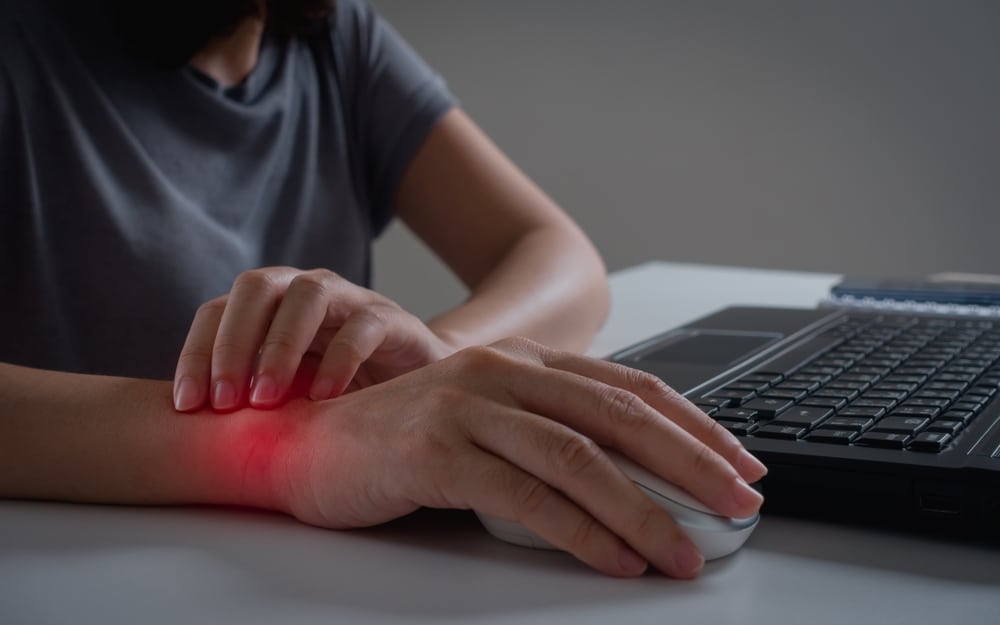-
Call us on
020 3576 5296
Mon-Fri: 9am-5pm
(New enquiries only) -
Find us at
HCA UK Outpatients & Diagnostics The Shard, 32 St Thomas Street, London SE1 9BS
-
Click to call for new patient enquiry If you are an existing patient please call the consultant directly. You can find their direct number on their consultants page.




